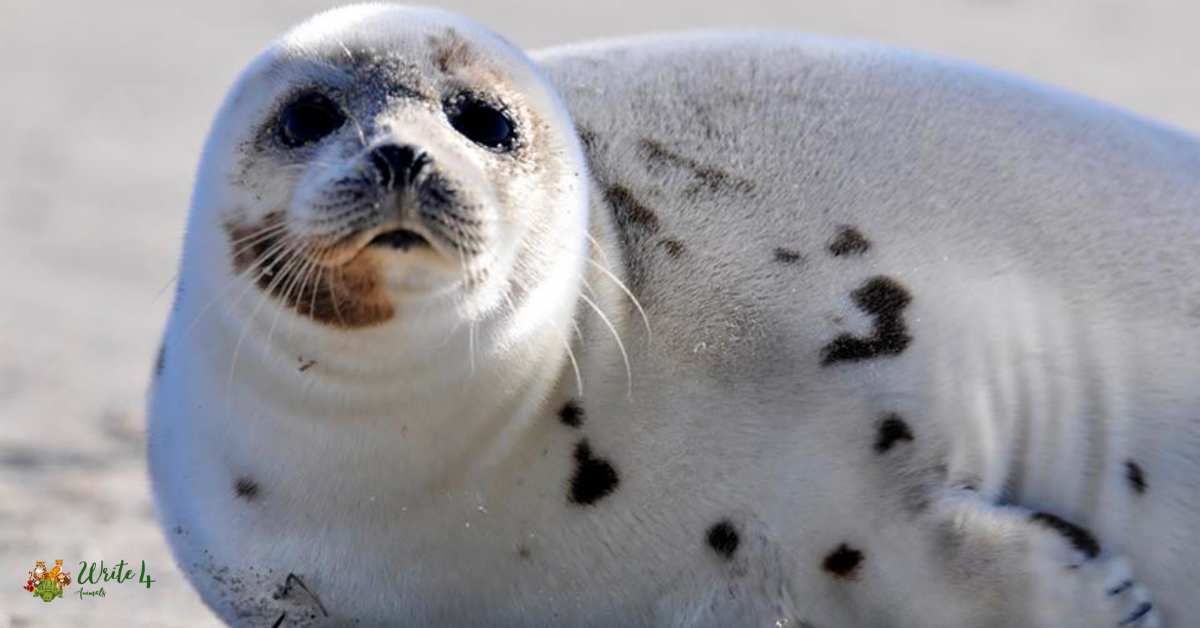Nature is an artist, showcasing its palette through a myriad of colors. Amidst this vibrant tapestry, the serene beauty of white animals stands out, evoking a sense of purity and grace.Revered in some cultures and considered omens in others, these creatures have become integral to myths, legends, and folklore.
In this blog post, we embark on a journey to explore the enchanting world of 15 white animals that captivate with their ethereal presence.
15 White animals in the World
1. Arctic Fox
The Arctic Fox, Vulpes lagopus, is a marvel of adaptation in the harsh Arctic tundra. With its pristine, snowy white coat, this fox achieves remarkable camouflage against the icy landscapes.
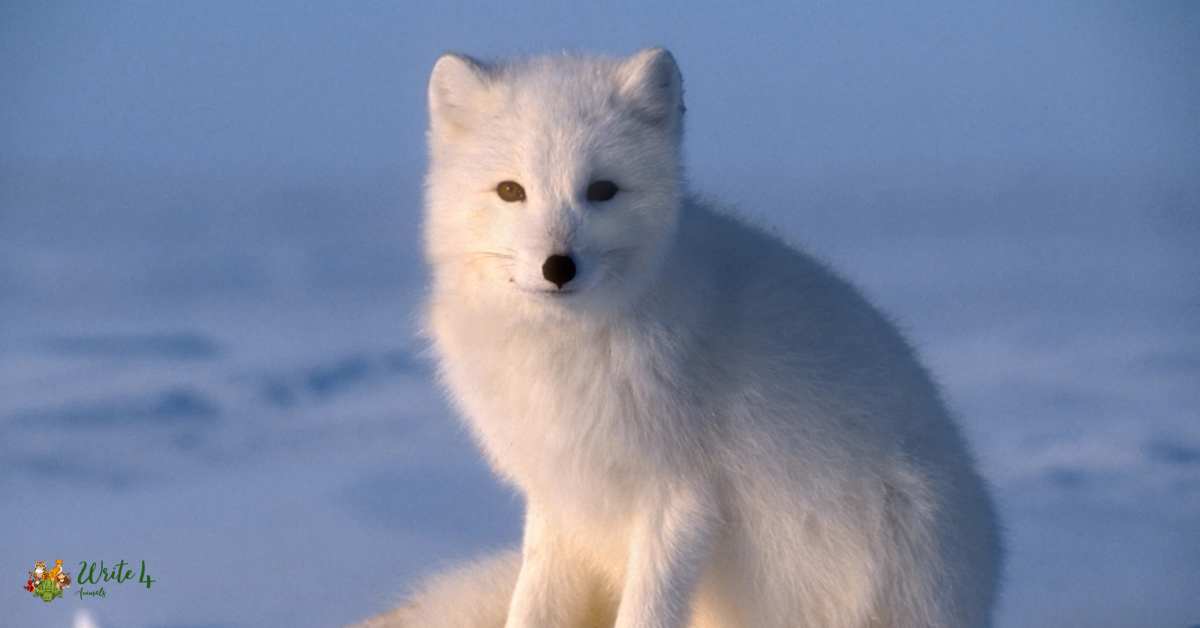
Its fur, not just a beautiful feature, serves as a vital survival tool, allowing it to stalk prey and evade predators with ease. The Arctic Fox is a true testament to nature’s ingenuity, changing its fur color with the seasons to blend seamlessly into its environment.
Beyond its winter whites, this fox also exhibits a brownish hue during warmer months, showcasing its ability to adapt to the ever-changing Arctic conditions.
2. Beluga Whale
Known as the “canaries of the sea,” Beluga Whales, Delphinapterus leucas, enchant with their striking white coloration. Inhabiting the Arctic and subarctic regions, these sociable marine mammals are a symbol of grace in the frigid waters they call home.
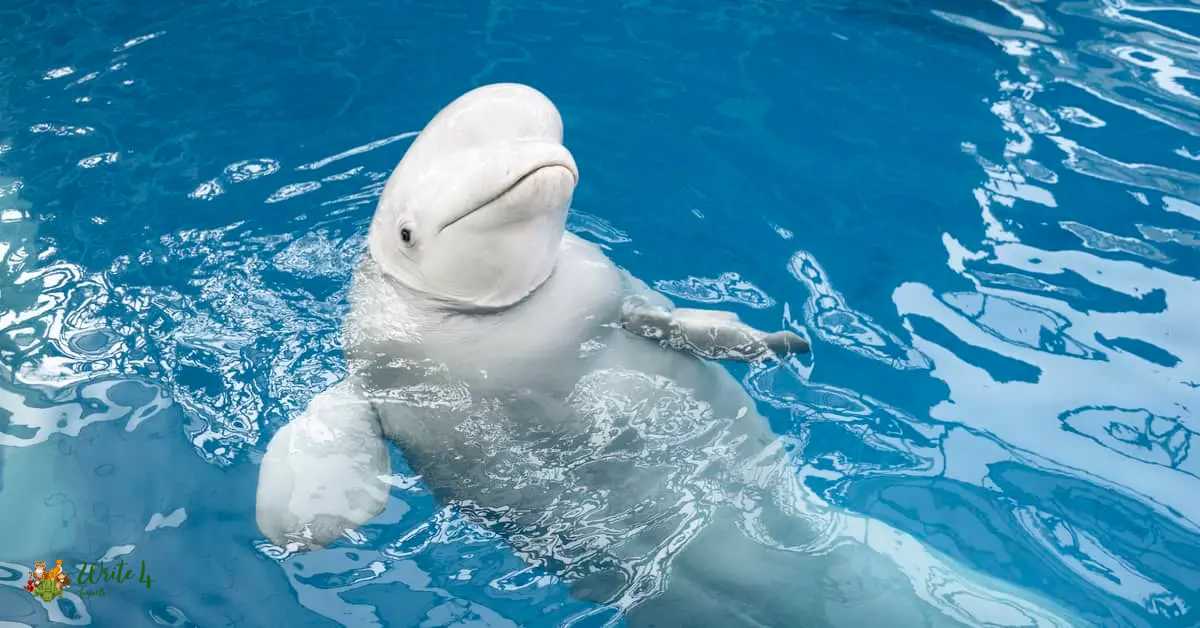
Their pale skin is not only a visual spectacle but also serves a practical purpose, helping them navigate through icy environments. Beluga Whales are known for their playful behaviors, often seen breaching and interacting with each other, making them a beloved sight for onlookers in the Arctic regions.
3. Polar Bear
The Polar Bear, Ursus maritimus, stands as the epitome of Arctic prowess with its massive frame and thick layer of white fur comes unde the list of snow white animals . As the largest land carnivore, this majestic species dominates the frozen landscapes of the Arctic Circle.
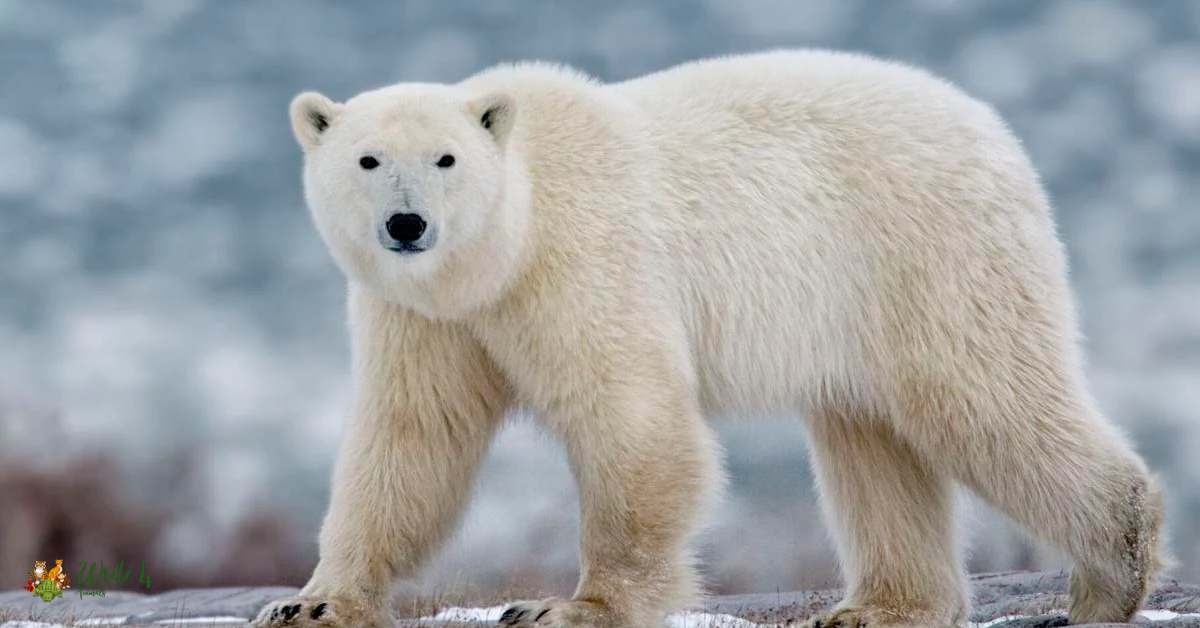
The Polar Bear’s white coat not only provides insulation against the harsh cold but also acts as a superb camouflage during hunting sessions on the sea ice.
These solitary giants are expert swimmers and formidable hunters, showcasing their adaptability to the challenging conditions of the Arctic environment. The survival of the Polar Bear is intricately linked to the health of the Arctic ecosystem, making it a symbol of the region’s vulnerability to climate change.
4. Snowy Owl
The Snowy Owl, Bubo scandiacus, is a captivating symbol of wisdom and mystery in the Arctic tundra. With its snow white plumage, this majestic bird seamlessly blends into the icy landscapes, becoming an elusive yet enchanting presence.
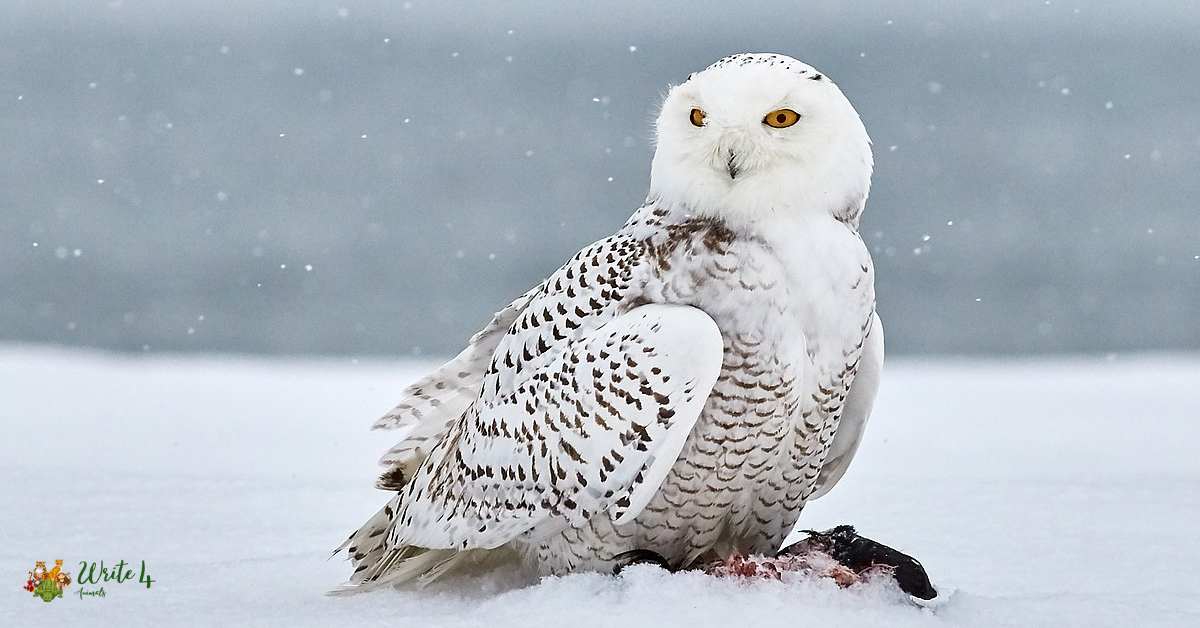
The distinctive yellow eyes of the Snowy Owl add to its allure, making it a subject of fascination across cultures. Unlike many other owl species, Snowy Owls are diurnal, meaning they are active during the day.
Their keen eyesight and powerful talons make them formidable hunters, preying on small mammals in their Arctic habitat. As a species resilient to the extreme conditions of the north, the Snowy Owl is an ambassador of the Arctic’s breathtaking beauty.
5. White Tiger
The White Tiger, Panthera tigris, commands attention with its regal presence and distinctive white coat. Unlike its orange counterparts, white tigers are not a separate species but rather a result of a genetic mutation that inhibits the production of pigments.
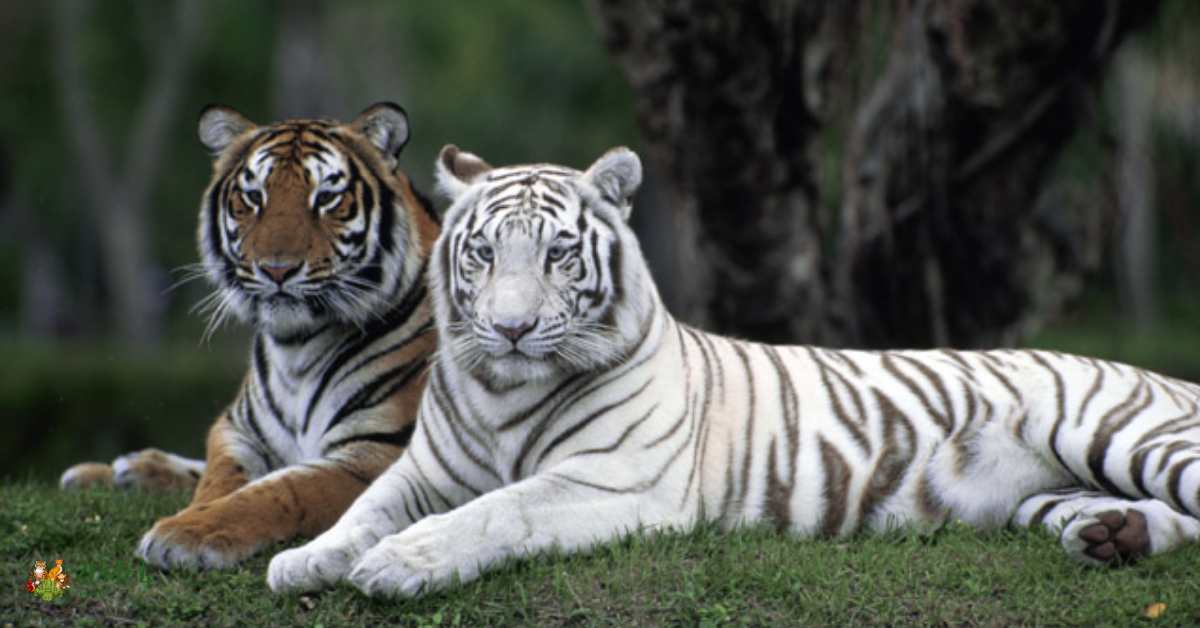
These majestic felines are often associated with strength and power, embodying a rare and captivating aspect of the tiger species. White tigers are known for their striking blue eyes, which add an extra layer of allure to their appearance.
Found primarily in captivity, these animals are a subject of both admiration and concern, highlighting the complexities of captive breeding and the importance of conservation efforts for their wild counterparts.
6. Arctic Hare
The Arctic Hare, Lepus arcticus, is a master of adaptation in the snow-covered landscapes of the Arctic and is a part of white animals list. During the winter months, its fur undergoes a transformation, donning a pristine white coat that provides effective camouflage against the snowy surroundings.
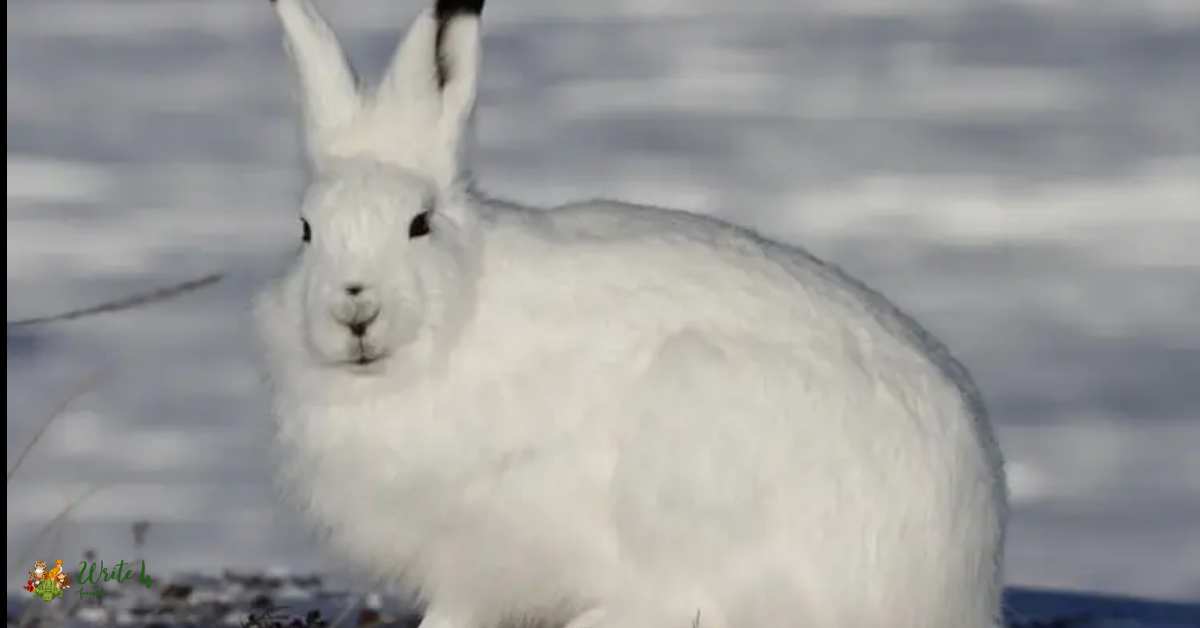
This remarkable change in coloration is not just for aesthetics; it plays a crucial role in the hare’s survival, allowing it to remain unseen by predators. As the seasons shift, the Arctic Hare’s fur transitions to a brownish hue, blending seamlessly with the changing environment.
Beyond its camouflage capabilities, these hares showcase agility and speed, enabling them to navigate the challenging Arctic terrain with ease.
7. Swans
Graceful and elegant, swans are iconic birds that enchant with their pure white feathers. Symbolizing love and beauty in various cultures, these majestic creatures glide serenely across lakes and ponds, creating a vision of tranquility.
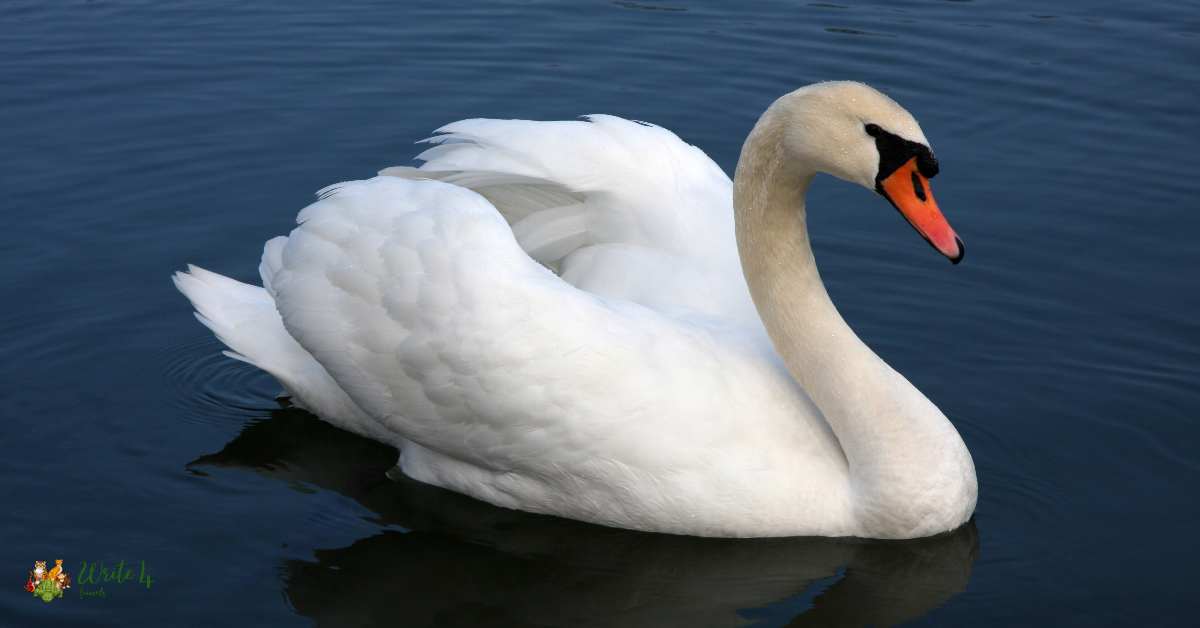
Swans are known for forming strong pair bonds and engaging in elaborate courtship displays, reinforcing their status as symbols of romance.
Their large wingspans and elegant necks contribute to their ethereal presence, making them a popular subject of art and literature. Whether gracefully swimming on serene waters or taking to the skies in majestic flight, swans captivate the hearts of observers worldwide.
8. Arctic Tern
The Arctic Tern, Sterna paradisaea, is a remarkable migratory bird with a distinctive white plumage. Inhabiting the Arctic and Antarctic regions, these birds embark on an extraordinary journey, holding the record for the longest migration among birds.
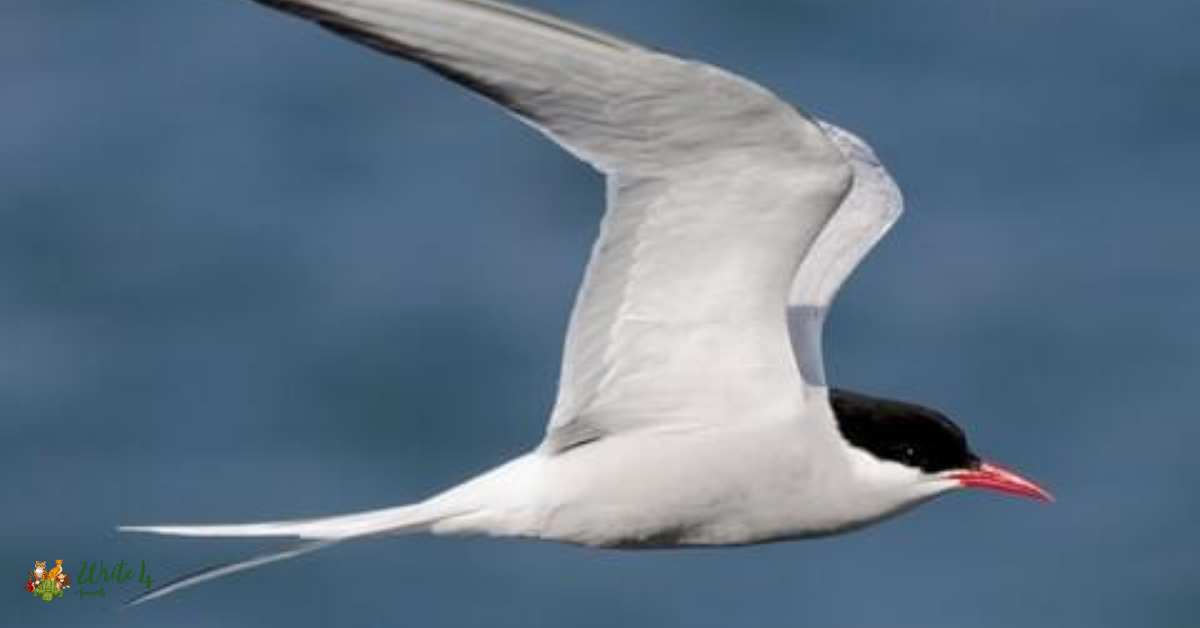
Their white feathers, coupled with a black cap on their heads, make them easily recognizable as they traverse vast distances between their breeding and wintering grounds. Arctic Terns are highly skilled flyers, covering thousands of miles during their migratory routes.
Their annual migration is a testament to their resilience and adaptability in the face of challenging environmental conditions, solidifying their place as one of the avian wonders of the polar regions.
9. White Peacock
The White Peacock, Pavo cristatus, is a rare and enchanting variant of the Indian Peafowl, known for its predominantly white plumage. Unlike its colorful counterparts, the White Peacock captivates with its ethereal beauty, symbolizing purity and grace.
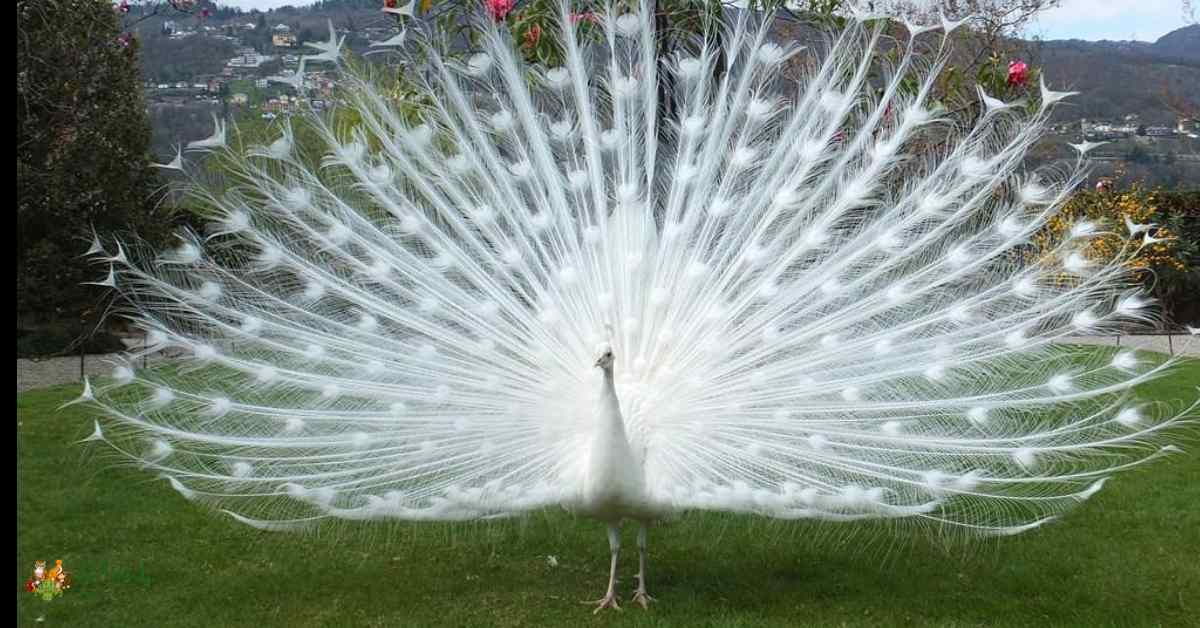
This majestic bird’s intricate display of iridescent white feathers, complemented by a fan-like tail, creates a mesmerizing spectacle during courtship rituals.
Revered in various cultures for its symbolism, the White Peacock continues to capture the imagination as a symbol of elegance and transcendence. While sharing genetic roots with its vibrant relatives, the White Peacock stands out as a unique and awe-inspiring manifestation of avian beauty.
10. Albino Alligator
The Albino Alligator is a rare and captivating creature that lacks the typical pigmentation found in its counterparts. Found predominantly in captivity, these alligators showcase a striking appearance with their pale white scales and distinctive pinkish eyes.
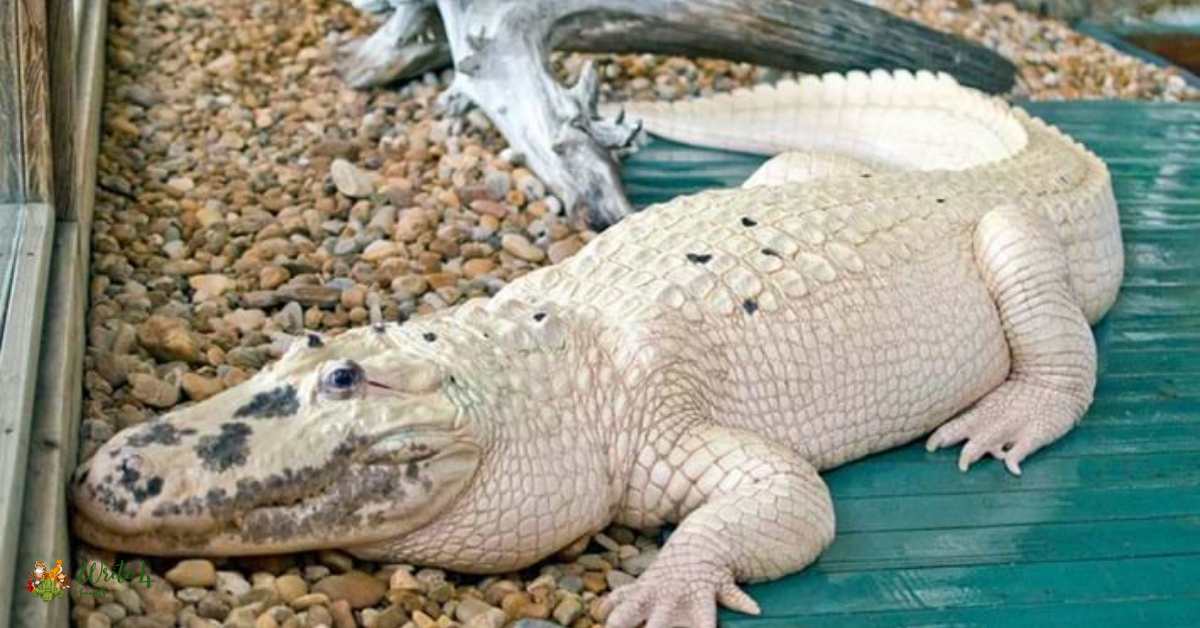
Their albino condition results from a genetic mutation that inhibits the production of melanin, the pigment responsible for skin and scale coloration. Albino Alligators are not only unique in their appearance but also serve as ambassadors for the importance of genetic diversity within ecosystems.
Given their vulnerability to sunlight due to the absence of protective pigments, these fascinating reptiles often find refuge in shaded areas, highlighting the intricacies of adaptation in the animal kingdom.
11. Harp Seal
Inhabiting the icy waters of the Arctic and North Atlantic, the Harp Seal, also known as Pagophilus groenlandicus, is a captivating marine mammal recognized by its fluffy, pristine white coat during its pup stage.
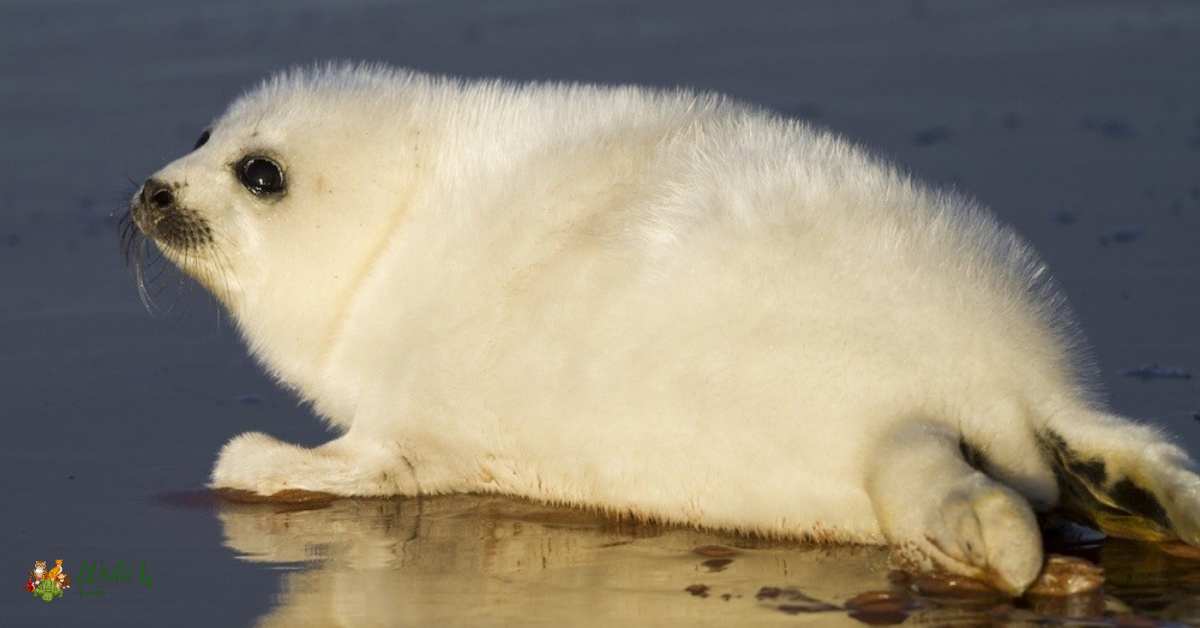
These adorable seals, born on the sea ice, rely on their white fur not only for insulation but also as camouflage against the snowy surroundings. As they mature, their coats transition to a silvery-gray color, aiding them in adapting to different environments.
Harp Seals are highly skilled swimmers, boasting a streamlined physique and powerful flippers that enable them to navigate the cold waters with grace. Beyond their ecological significance, these seals capture the hearts of conservationists and admirers alike, symbolizing the resilience of Arctic life.
12. Cabbage White Butterfly
The Cabbage White Butterfly, Pieris rapae, is a delicate and enchanting species that graces gardens with its fluttering presence. With wings adorned in shades of white, this butterfly symbolizes the ephemeral beauty of nature.
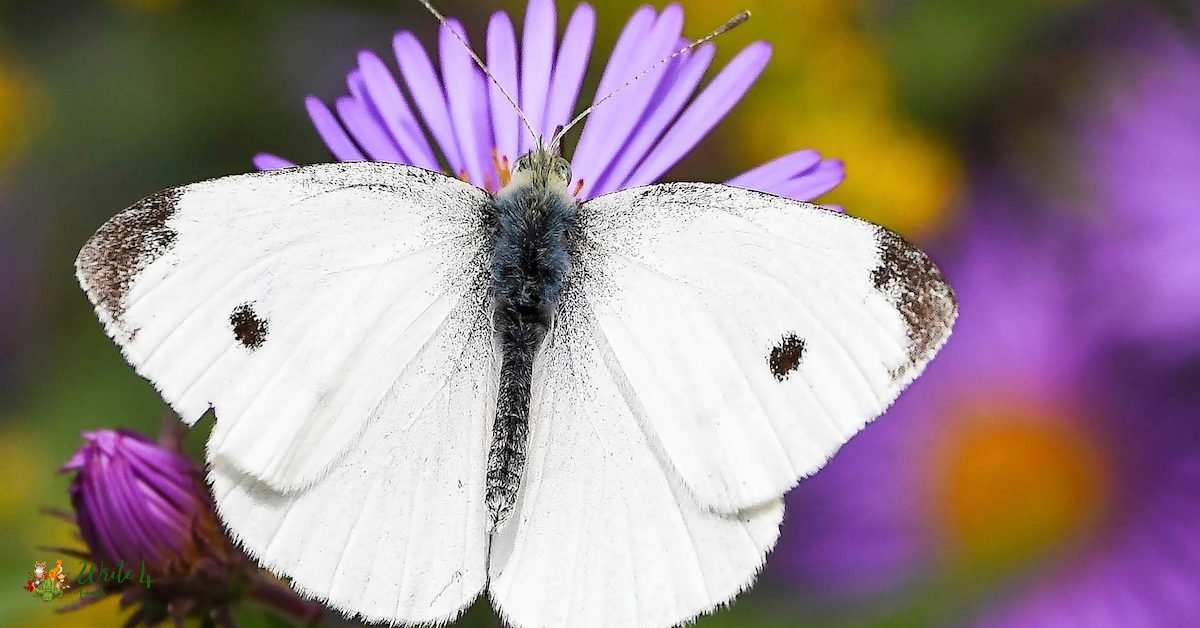
Commonly found in various parts of the world, the Cabbage White is known for its adaptability and ability to thrive in both urban and rural landscapes.
Despite its unassuming appearance, this butterfly plays a crucial role in pollination, contributing to the health of diverse ecosystems. As it dances from flower to flower, the Cabbage White Butterfly becomes a living testament to the interconnectedness of flora and fauna in the delicate balance of the natural world.
13. Arctic Wolf
The Arctic Wolf, Canis lupus arctos, is a symbol of the vast and unforgiving Arctic wilderness, adorned with a thick, white fur coat that enables it to seamlessly blend into the snowy landscapes.
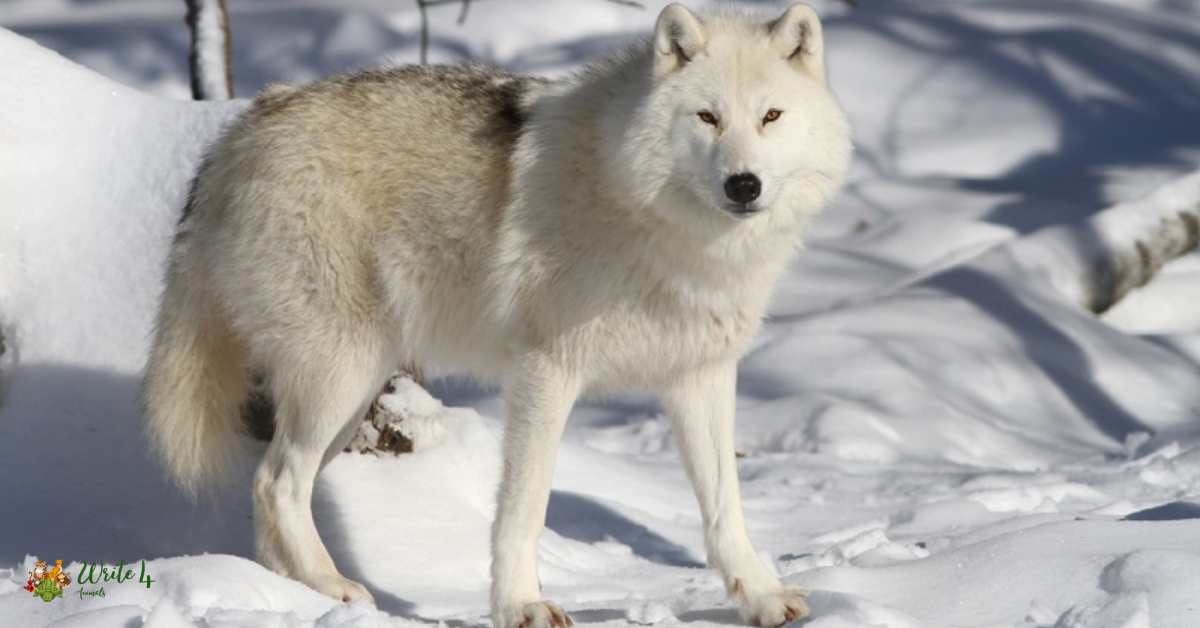
As a subspecies of the gray wolf, Arctic Wolves have evolved to thrive in extreme cold conditions. Known for their keen senses and social structures, these wolves are expert hunters, preying on Arctic hares, muskoxen, and caribou.
Their cooperative pack dynamics contribute to their success as top predators in the Arctic ecosystem. While their population faces challenges such as climate change and habitat loss, the Arctic Wolf remains an emblem of the resilience and adaptability of wildlife in one of the harshest environments on Earth.
14. Gull
Soaring above coastal landscapes worldwide, gulls are a diverse group of seabirds known for their distinctive white plumage that contrasts with the deep blue of the sea.

These adaptable birds are found in various environments, from bustling urban areas to remote coastal cliffs. Gulls play a crucial role in marine ecosystems, scavenging for food and controlling insect populations. With their sharp eyesight and agile flight, gulls are adept hunters and skilled navigators of ocean winds.
Despite their ubiquity, gulls face challenges such as pollution and habitat disruption. Understanding the ecological importance of gulls is essential for fostering coexistence between these coastal aviators and human communities.
15. White Squirrel
The White Squirrel is an enchanting and rare rodent that captures the imagination with its snow white fur. Unlike its more common counterparts, this squirrel owes its coloration to a genetic mutation known as leucism, which inhibits the production of pigments.
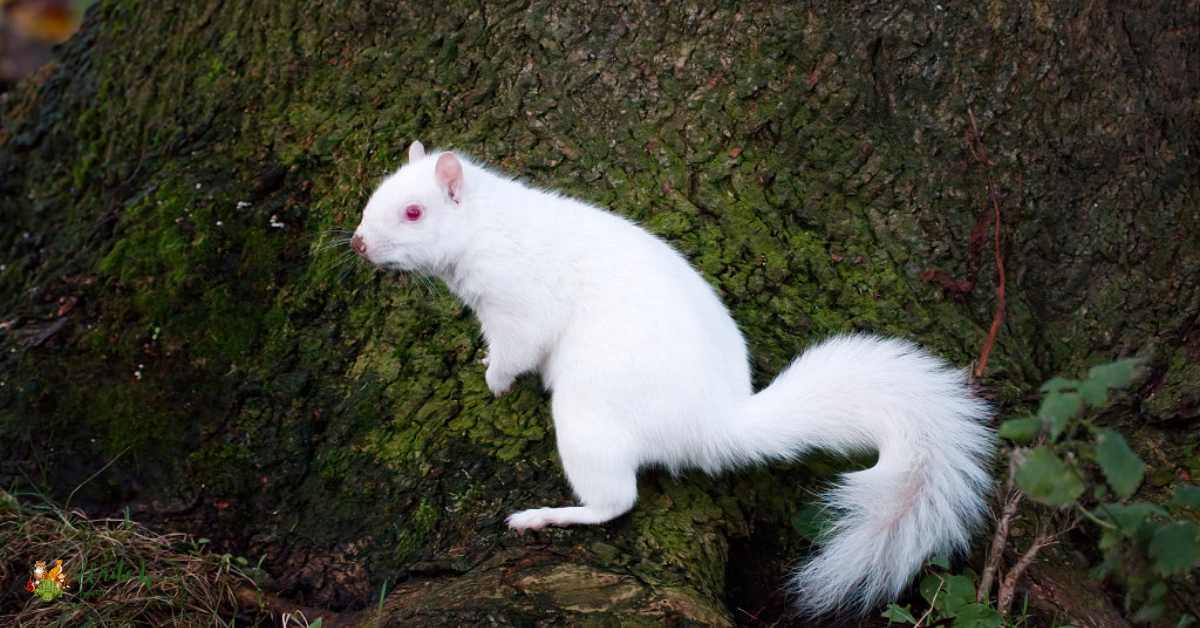
Found in scattered populations around the world, white squirrels are often revered as symbols of uniqueness and adaptability. Their striking appearance makes them stand out against the backdrop of trees and foliage, creating a visual spectacle in the natural world.
As ambassadors of genetic diversity, white squirrels serve as a reminder of the intricate and sometimes unpredictable patterns that shape the diversity of life on Earth.
Frequently Asked Questions
Why are some animals white?
Animals may have white coloration for various reasons, including genetic mutations, adaptation to their environment, or as a camouflage strategy. In snowy environments, white fur or feathers provide effective camouflage, while genetic factors like albinism or leucism can result in an absence or reduction of pigmentation.
Are all white animals albino?
No, not all white animals are albino. Albinism is a specific genetic condition characterized by the absence of melanin, resulting in a completely white appearance, including pink eyes. Leucism is another condition that can cause white coloration but may not affect the eyes, and there are various genetic and environmental factors leading to white coloration.
Do white animals face challenges in survival?
While white coloration can provide camouflage in snowy environments, it may pose challenges in other habitats where it makes the animal more visible to predators or prey. Additionally, some genetic conditions causing white coloration may be associated with health issues, such as sensitivity to sunlight.
Are there any superstitions or cultural beliefs associated with white animals?
Yes, various cultures have myths, superstitions, or symbolic meanings associated with white animals. In some cultures, white animals are considered sacred or bringers of good fortune, while in others, they may be associated with bad omens or supernatural events.
Where can you find white animals in the wild?
White animals are found in diverse habitats worldwide, ranging from Arctic and Antarctic regions to tropical rainforests. Species like the Arctic Fox, Polar Bear, and Snowy Owl are adapted to cold climates, while others, like the White Peacock or White Tiger, may inhabit warmer regions.
Are there conservation concerns for white animals?
Some white animals, especially those with genetic conditions like albinism, may face challenges in the wild. Reduced pigmentation can make them more vulnerable to predators, and certain health issues may impact their overall fitness. Conservation efforts often focus on protecting the habitats and genetic diversity of these unique individuals.
Can white animals change color with the seasons?
Yes, some animals, such as the Arctic Hare, change color with the seasons. In winter, their fur may turn white for camouflage in snowy landscapes, while it may transition to a different color during warmer months to blend with the changing environment.
Are white animals more prone to sunburn?
Animals with reduced pigmentation, especially those with albinism, may be more susceptible to sunburn and related skin issues. Adequate shade and protection from the sun are crucial for their well-being.
Recommended
1. Pocket bully: Dog Breed Size and lifespan
2. 12 birds in Hawaii | types of birds in hawaii
